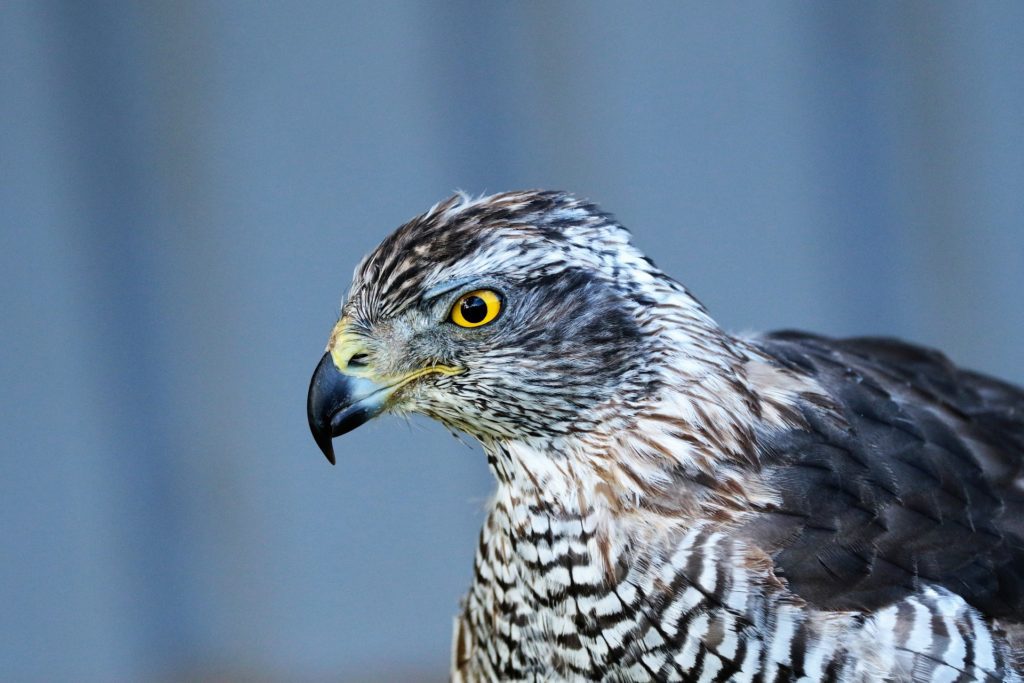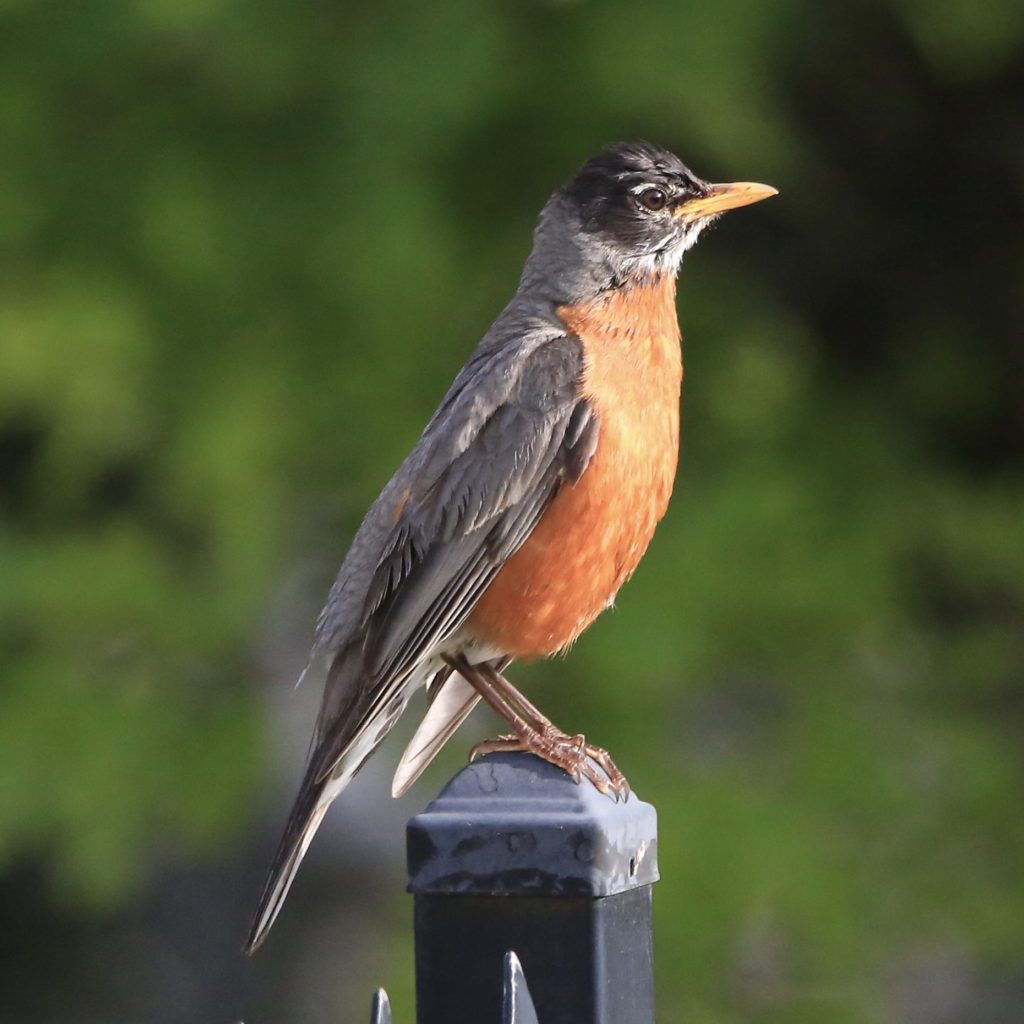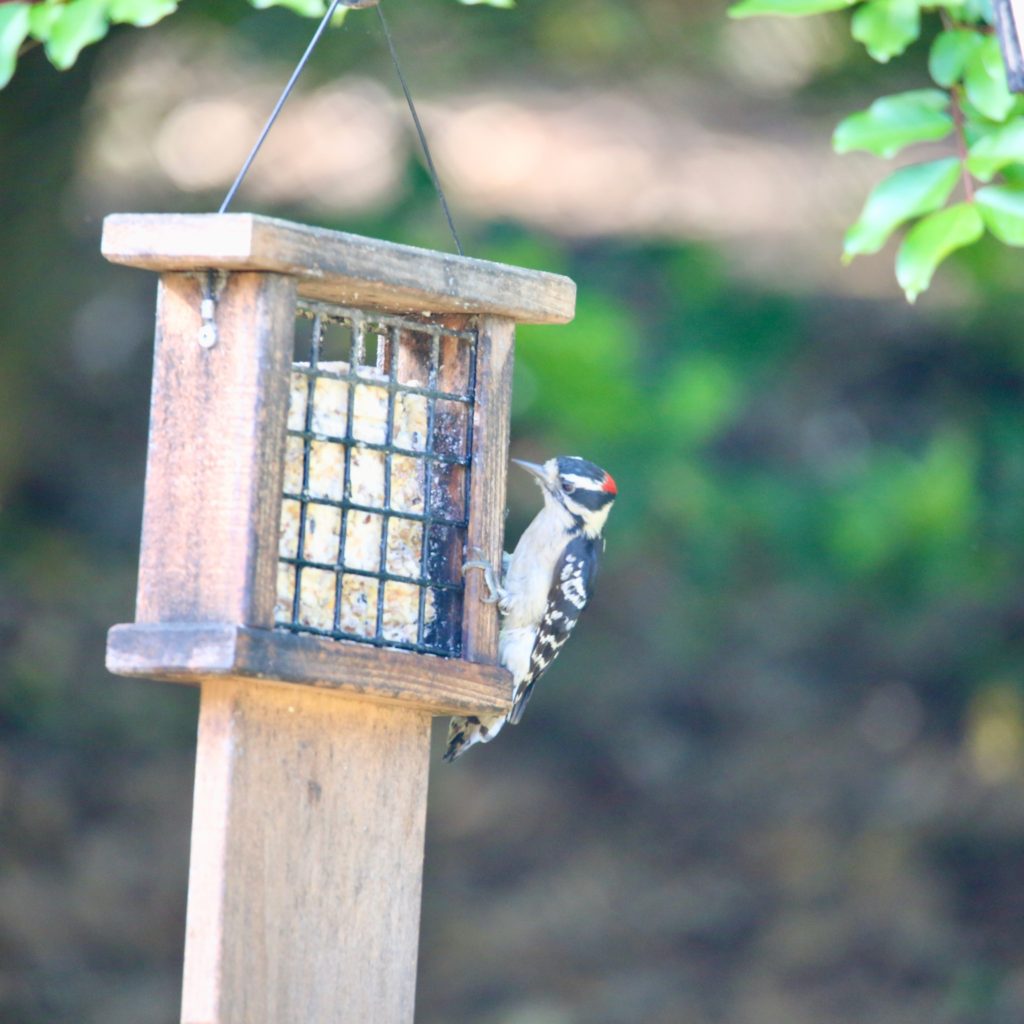
Bird Watching at Denali National Park
Share
The six acres of land that makes Denali National Park and Preserve lies in Interior Alaska. Formerly named Mount McKinley National Park, the preserve centers on Denali. This park is home to the highest mountain peak in North America which comes in at 6,190 meters. Together the park and preserve cover 6,045,153 acres, which is larger than the states of New Jersey and New Hampshire.
The wide wildland is bisected by one single ribbon road that cuts through the national park, creating one entrance and one existing. As a result, Denali National Park is one of the rare natural locations with very little human interference. Save for a single park road and some scattered services, the preserve and park is a haven for wildlife.
Major Attractions at Denali National Park
With minimum human intervention, Denali National Park attracts travelers to explore, go on an adventure, and participate in various activities from backcountry camping and mountaineering to wintertime dog sledding, cross-country skiing, and snowmobiling. The landscape and scenic views are mainly formed of the low elevated taiga forest that paves the way for high alpine tundra and snowy mountains, including America's tallest peak, Denali.
Besides the central snowcapped Denali, this park has a lot to offer, from the boreal forest and tundra, the wild rivers and glaciers, to the amazing wildlife, particularly the formidable brown Denali bears. Several hiking trails can be taken near the entrance, like the Triple Lake, the lofty Mount Healy Overlook, and the easier Taiga Trail to Horseshoe Lake. The Denali Sled Dog Kennels present demonstrations of winter patrols of the park.
The Denali Park Road travels through the heart of the park, taking the people to the best scenic spots like the Toklat River crossing and Wonder Lake with the Alaska Range. While traveling on this route, one can also see Denali's north flank in the background, the old gold mining town of Kantishna, and the exhibits at Eielson Visitor Center. Moving down on Park Road is probably the best way to spot the diverse range of wildlife, including bears, wolves, moose, caribou, Dall sheep, and various birds.
GET KIDS BIRD WATCHING
Bird Watching at Denali National Park
Denali National Park is home to winter and migratory birds from all across the globe and a population of strong resident birds. The abundance of species inside the park boundaries varies across the seasons, significantly increasing in spring and decreasing with autumn migration.
The most rewarding time to visit Denali during the summer. Summer birding provides birdwatchers with several opportunities to observe the migratory bird species resting in a beautiful northern ecology. On the other hand, birding in winters is low but presents the rare chance to spot hardy winter birds like Pine Grosbeaks, mixed flocks of Ptarmigan, and even Gyrfalcons or Northern Goshawks.
The picture painted by Denali's northern wilderness and the wildlife is unbeatable, with Golden Eagles soaring from atop the colorful cliffs at Polychrome Pass. American Robins are a common occurrence near forested areas and lower-elevation river valleys. Arctic Warblers are exclusive summer residents and are seen on Denali Park Road between Savage River and Teklanika River. The Black-billed Magpie flies year-round in the park's landscape. Other birds that can be seen birding in Denali National Park are Blackpoll Warbler, Common Raven, Canada Jay, Gyrfalcon, Long-tailed Jaeger, and Northern Hawk Owl.
10 Birds to See at Denali National Park
Northern Goshawk
Northern Goshawks are mostly gray with white stripes and orange-red eyes. They have short, but broad wings with long tails that help them fly. Northern Goshawks live in the northern region of North America. Their population in the north has seen a recent increase; however, the birds in the southern mountains are threatened. Northern Goshawks are secretive birds that live in forests, which makes them hard to see. Their diet consists of small mammals and birds. They lay 2 to 4 eggs in platform nests high up in trees. Not all Northern Goshawks migrate, but the birds that do, migrate south in late fall and early spring.

American Robin
American Robins have a round orange chest and gray-brown feathers. They live across North America. Their population is widespread and abundant. Their habitat is in cities, lawns, and forests. They lay about 4 eggs and sometimes up to 7. The eggs they lay are a pale blue color and are often referred to as “robin’s-egg blue”. They enjoy eating earthworms right out of the ground in the morning and fruit in the afternoon. American Robins migrate in flocks during the day.
Black-billed Magpie
Black-billed Magpies have a black and white body with long tail feathers. You can find them in the northwestern region of North America. Their population is steady and they are not at risk of being endangered. They live on farms, in forest edges, and along streams. Black-billed Magpies are noisy birds that sit on fence posts and road signs. They enjoy eating fruits, insects, and small animals. Black-billed Magpies lay 6 to 7 eggs in big 3-foot wide circular nests. Black-billed Magpies are permanent residents, with only a few moving south.
Golden Eagle
Golden Eagles have beautiful gold feathers, a strong beak, and large talons. They live in western North America. Historically, there has been a decline in their population, but their population is now steady. They make their habitat in open country and mountains. Golden Eagles are one of the fastest and largest raptors in North America. Golden Eagles enjoy soaring with their steady wings to hunt for small animals such as squirrels. They lay 1 to 3 eggs and usually build their nests on ledges of cliffs. Golden Eagles found in the north migrate, but most are permanent residents.

Arctic Tern
Arctic Terns are a pale gray color with a black cap, red bill, and red legs. They have long, pointed wings when seen in flight. You can find these mainly in northern Canada and also in Antarctica. Arctic Terns have declined in population, but they are not endangered. They eat mostly fish, some crustaceans, and insects. This Tern lays 1 to 3 eggs in a nest on the ground. They make their home along rocky coasts and islands. They migrate offshore.

Downy Woodpecker
Downy Woodpeckers are black and white with a small red patch on their head. They are the smallest Woodpecker and live throughout North America. These birds are common and their population is steady with no risk of being endangered. They make their homes in backyards, parks, and woodlots. Downy Woodpeckers do not sing songs; they drum. In the winter, they like to hang out with other birds such as the Nuthatch and Chickadee. They eat mostly insects, but also eat seeds and berries. Downy Woodpeckers build their nests in holes of dead trees and keep them camouflaged. They lay 4 to 5 eggs. Downy Woodpeckers are permanent residents; however, some in the north migrate south in the winter.





































































